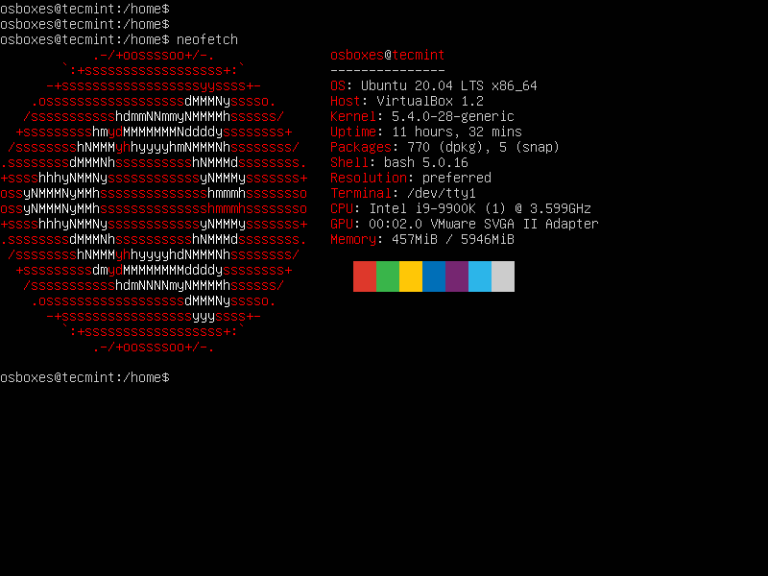Understanding the Realm of ROS, Harnessing Gazebo, and Pioneering the Simulation of Intelligent Machines
Introduction
In the rapidly evolving world of robotics research, choosing the right operating system is paramount to the success of any project. Linux, with its open source ethos and robust capabilities, has established itself as an indispensable component in the realm of robotics. This article embarks on an exploration of the various facets of Linux in the context of robotics research. We’ll delve into the significance of the Robot Operating System (ROS), the versatile Gazebo simulation environment, and their pivotal roles in the simulation of intelligent machines.
Understanding Linux in Robotics
Linux, with its adaptability and versatility, is a foundation upon which many robotics research projects are built. Its open source nature fosters collaboration, and its real-time capabilities make it ideal for robotics applications. For example, consider the Mars rovers by NASA, which rely on Linux-based operating systems to execute complex tasks in the harsh Martian environment. The open source nature of Linux allows researchers worldwide to contribute to the development of the software that powers these robotic explorers.
Robot Operating System (ROS)
ROS, often referred to as the “fabric of robotics,” is a testament to the power of open source collaboration. Its history and evolution exemplify the benefits of a community-driven approach. The development of ROS began at Stanford University, and it has since grown into a global community of researchers and developers. An example of ROS in action is in the field of autonomous vehicles. Companies like Uber and Waymo use ROS to develop and test self-driving car algorithms, enabling them to simulate complex driving scenarios before deploying their vehicles on real roads.
Gazebo Simulation Environment
Gazebo, a versatile simulation environment, is an essential tool for robotics researchers. It allows for the creation of detailed virtual worlds to test and refine robotic systems. For instance, Boston Dynamics, known for its advanced robotic systems like the Spot robot, employs Gazebo for testing locomotion algorithms in various virtual terrains. By simulating challenging environments, they can improve the real-world performance of their robots.
Simulating Intelligent Machines with ROS and Gazebo
Simulation is pivotal in the development of intelligent machines. For instance, consider a research project aiming to build a drone capable of autonomous search and rescue operations. Using ROS and Gazebo, researchers can simulate various disaster scenarios, test navigation algorithms, and optimize sensor configurations without putting human lives at risk. These simulations provide invaluable insights and accelerate the development process.
Challenges and Considerations
Simulation, while powerful, comes with challenges. Ensuring realistic simulations is crucial. For instance, in the development of medical robots, it’s vital to create simulations that accurately replicate the intricacies of the human body. Ethical considerations also arise when simulating intelligent machines, especially in fields like healthcare and defense.
Future Trends and Developments
Looking ahead, the future of Linux-powered robotics research is brimming with possibilities. Emerging technologies, such as edge computing and AI accelerators, are poised to enhance the capabilities of Linux-based robotics systems. Advancements in ROS and Gazebo continue to push the boundaries of what’s possible in simulation, enabling researchers to tackle even more complex challenges.
Conclusion
In the ever-evolving landscape of robotics research, Linux, ROS, and Gazebo shine as beacons of innovation. These tools empower researchers to simulate intelligent machines effectively, enabling groundbreaking discoveries. As we conclude this journey, we reaffirm the integral role of Linux in shaping the future of robotics research. Through the simulation of intelligent machines, Linux-powered robotics research promises a brighter, more innovative future, transforming science fiction into science fact.



![How to Use Grep Command in Linux [12 Useful Examples]](https://webomate.net/wp-content/uploads/2024/01/how-to-use-grep-command-in-linux-12-useful-examples.png)


